SEC S15W5: "My Country and Its Mineral Resources."
SEC S15W5: "My Country and Its Mineral Resources."
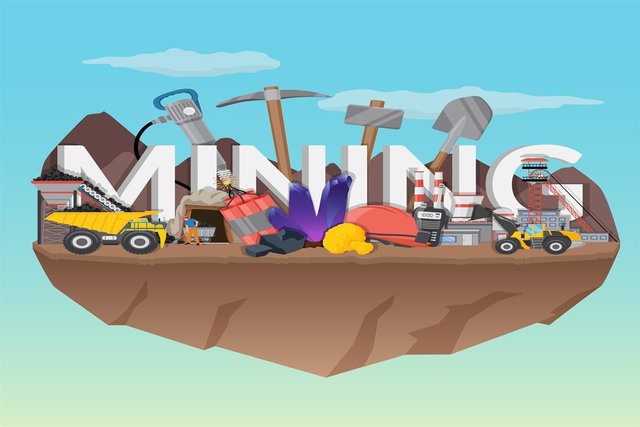
Greetings! To everyone, I hope everything is going well. To begin, I'd like to ask you to join in an exciting Steemit Challenge. It gives me tremendous joy to participate in this challenge. I hope everyone tries it. I'd like to thank the Steem4Nigeria community for organising this challenge. Best wishes, everyone.
India, a country covering most of South Asia, is a constitutional republic representing a highly diverse population of various ethnicities. It comprises of eight union territories and 29 states, with the capital of the country being New Delhi. As of 2023, India has become the most populous country in the world, according to United Nations estimates. This country is famous for its outstanding intellectual views in different spheres, including mathematics, astronomy, architecture, literature, music, and fine arts.
The country has mineral resources in abundance. It possesses the world’s fourth-largest coal reserves, and has significant reserves of iron ore, manganese ore (seventh globally), lithium ore (sixth globally), mica, bauxite (fifth globally), chromite, natural gas, diamonds, limestone, thorium, gold and coal. These minerals are important raw materials for numerous basic industries which are one of the major sources of the country’s development.
Even though these sources exist, their full capacity has not been achieved. Production of minerals both in terms of quantity and value has increased significantly after independence of India. Nevertheless, the export constraints and temporary shutdown in mining for environmental clearence issues have caused the production to fall. Meanwhile, the mining sector still constitutes a major component of the Indian economy.
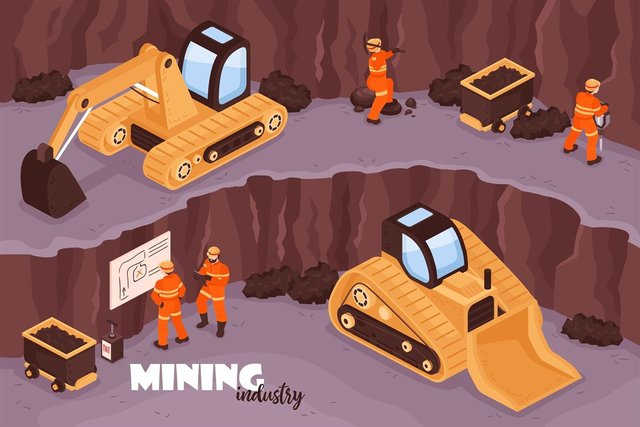
The government has utilized the revenues from these sources for the betterment of the citizens. There is scope for a better spending. What the revenue from these resources has been used for is the welfare of the people, but the issue of effectiveness of this utilization is still debatable. Formation of District Mineral Funds (DMFs) is a positive step. DMFs have been established in 644 districts in 23 states/UTs, 17 states/UTs having DMFs in all their districts. Such states are: Himachal Pradesh, Kerala, Uttarakhand, Uttar Pradesh, Andhra Pradesh, Bihar, Punjab, Haryana, Madhya Pradesh, Odisha, Rajasthan, Chhattisgarh, Jharkhand, Karnataka, Goa, Assam, Jammu & Kashmir. Currently, the DMF accumulates Rs.82370.79 crore, with Rs.45150.21 crore of utilization.
The funds are primarily allocated for high-value work including education, drinking water supply, health, women and children welfare, environment protection conser-vation, pollution control measures, skill development, and sanitation. Other priority assignments comprise of projects relating to physical infrastructure, irrigation, energy, as well as watershed development.
Mines Ministry has asked the state governments/UTs to draft a five-year perspective plan for using DMF funds. This plan is built on the findings and the gaps that the baseline survey or assessment assessed by universities, well-known organizations/agencies or any department. The Centre directed the inclusion of MPs, MLAs, and MLCs in the governing council of the DMF on the grounds of larger public interest in April 2021.
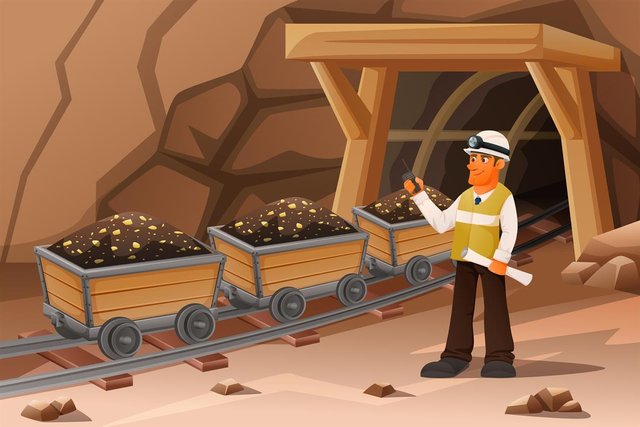
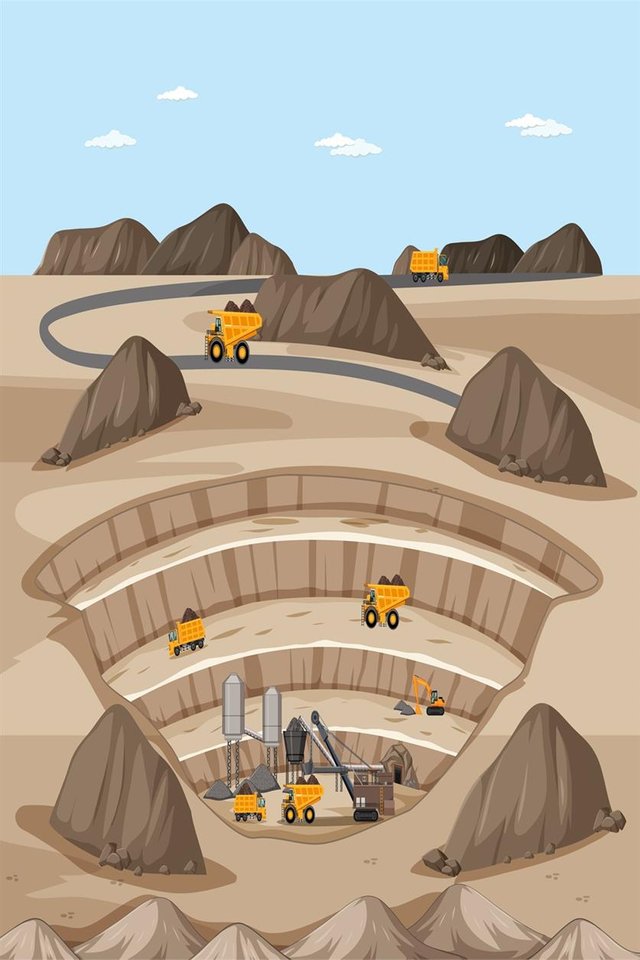
The goal of the DMF, functioning as non-profit organization, is to work for welfare and development of those affected by the mining-related activities. The Government initiated Pradhan Mantri Khanij Kshetra Kalyan Yojna (PMKKKY) by DMFs to ameliorate the state of mining affected and result in a win-win for all parties.
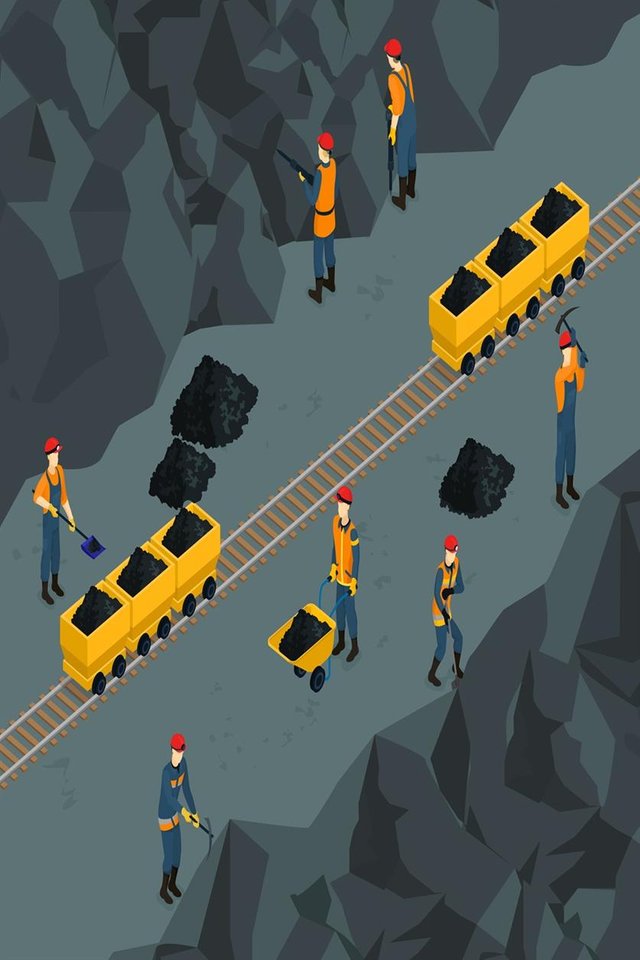
Notwithstanding, the environ-mental and social impacts related to mining are of great worry. Land use issues, resettlement of populations, health impacts, social and cultural disruption, inequality, and conflicts are some of the most feared social impacts of mining in India. A lot of the nation’s natural resources are situated in the forested areas, which triggers another environmental and social-economic issues.
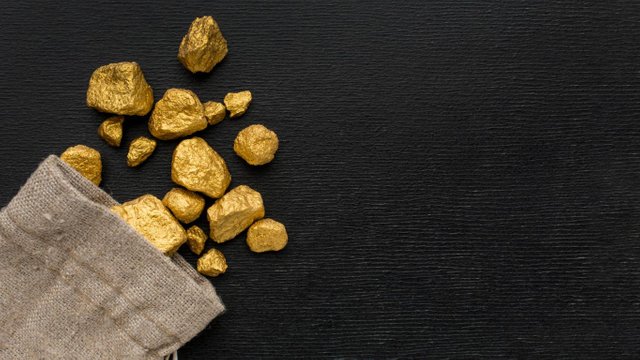
In short, India has made good progress in the harnessing of its mineral resources, but the prospects of their more efficient and sustainable exploitation still remain. The successful implementation of DMFs and PMKKKY will make sure that the benefits of mineral resources reach the people most affected by mining activities, and thereby lead to sustainable and inclusive development. Proceeds of these resources have been utilized for the benefit of the citizens, but much can still be done to see that the benefits are equitably distributed and the environmental and social impacts of mining are properly addressed. The journey towards sustainable and equitable development is still in the works with proper policies and practices, hence India will be able to maximize its mineral wealth for all its citizens.
References:-
(1) India | History, Map, Population, Economy, & Facts | Britannica. https://www.britannica.com/place/India.
(2) Natural resources of India - Wikipedia. https://en.wikipedia.org/wiki/Natural_resources_of_India.
(3) Ministry of Mines, Government of India, Home. https://mines.gov.in/webportal/nationalmineralscenario.
https://mines.gov.in/webportal/nationalmineralscenario.
(4) Utilising District Mineral Foundation funds to fight the ... - Brookings. https://www.brookings.edu/articles/utilising-district-mineral-foundation-funds-to-fight-the-covid-19-crisis-in-india-current-and-future-opportunities/.
(5) India's Mining Sector: Towards a Sustainable and Equitable Future. https://www.teriin.org/article/indias-mining-sector-towards-sustainable-and-equitable-future.
(6) Mining industry in India - statistics & facts | Statista. https://www.statista.com/topics/7507/mining-industry-in-india/.
(7) Mining in India - Wikipedia. https://en.wikipedia.org/wiki/Mining_in_India.
(8) Environmental Studies: Lesson 4.MINERAL RESOURCES - e-Krishi Shiksha. http://ecoursesonline.iasri.res.in/mod/page/view.php?id=89586.
(9) India - A Country Profile - Nations Online Project. https://www.nationsonline.org/oneworld/india.htm.
(10) India Country Profile - National Geographic Kids. https://kids.nationalgeographic.com/geography/countries/article/india.
(11) Strategic minerals in India: present status and future challenges. https://link.springer.com/article/10.1007/s13563-019-00189-0
(12) Minerva Mining & Mineral Resources Private Limited. https://minervaresources.in/.
(13) Top Mineral Producing States in India and World - BYJU'S Exam Prep. https://byjusexamprep.com/ssc-exam/top-minerals-producer.
(14) District Mineral Foundation Funds Transforming Lives of Mining Affected Areas / People
https://pib.gov.in/PressReleaseIframePage.aspx?PRID=1965989
(15) Ministry of Mines, Govt. of India. https://mines.gov.in/webportal/home
In a same vein, I gladly welcome my friends to participate in this challenge. @gsiscolors, @ibesso, @jennk.
Contest link : - https://steemit.com/hive-147599/@steem4nigeria/sec-s15w5-my-country-and-her-mineral-resources
I'm hoping you all enjoy this.
Thank you, my friends.
With best wishes,
Letssittt.
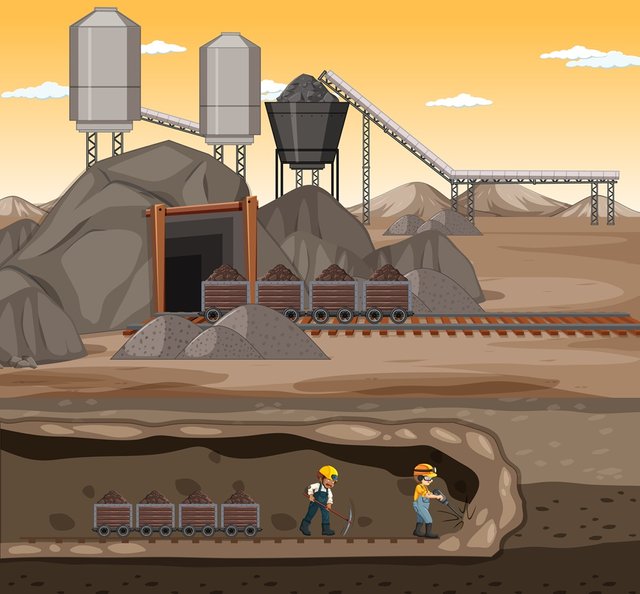
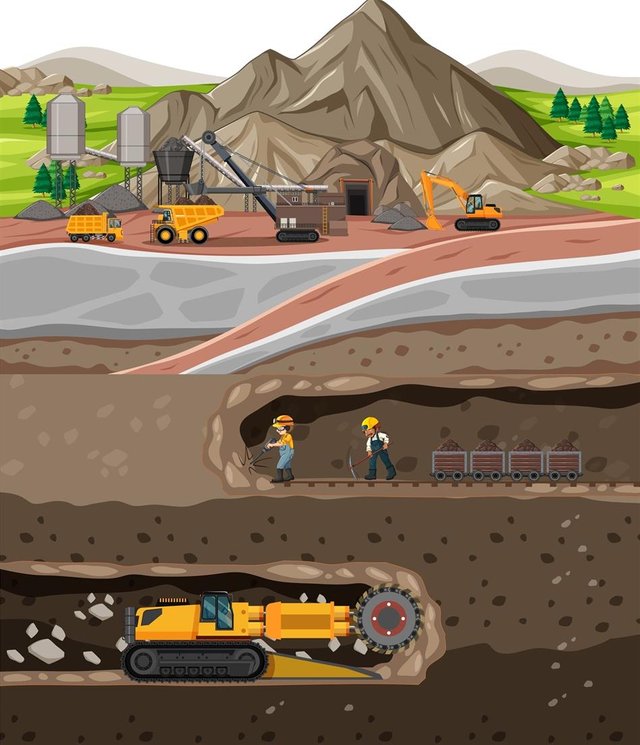
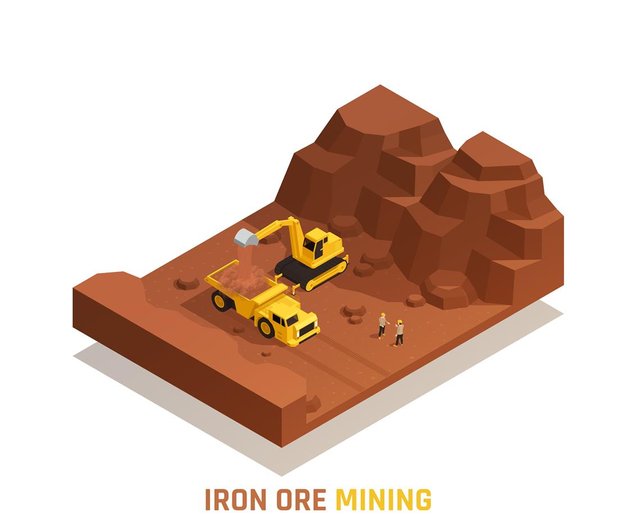
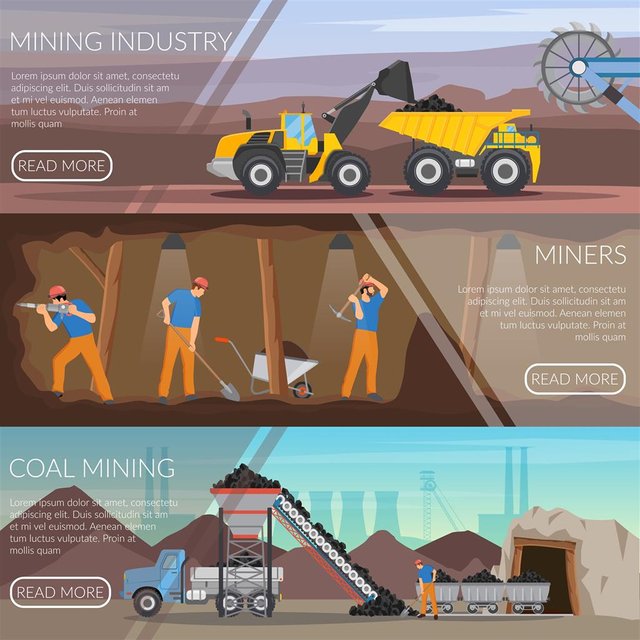
Thank you, friend!


I'm @steem.history, who is steem witness.
Thank you for witnessvoting for me.
please click it!
(Go to https://steemit.com/~witnesses and type fbslo at the bottom of the page)
The weight is reduced because of the lack of Voting Power. If you vote for me as a witness, you can get my little vote.
Upvoted! Thank you for supporting witness @jswit.
Upvoted. Thank You for sending some of your rewards to @null. It will make Steem stronger.
I appreciate the interest of your article, @letssittt! India, with its vast mineral resources, has the potential to drive sustainable and inclusive development.
I share your vision on the importance of DMFs for a sustainable future. The inclusive approach towards mineral resources is crucial.
Congratulations for the style and aesthetic care of your post by choosing a very original cartoon treatment.
Thank you so much dear friend.
India, a diverse nation, is rich in mineral resources like coal, iron ore, and more. Despite challenges, the government channels revenue through District Mineral Funds (DMFs) for various welfare projects, addressing education health and environmental concerns. The path to sustainable development is ongoing aiming for equitable resource distribution and effective environmental mitigation.
That's right, friend. Thank you very much for the support and insightful review.